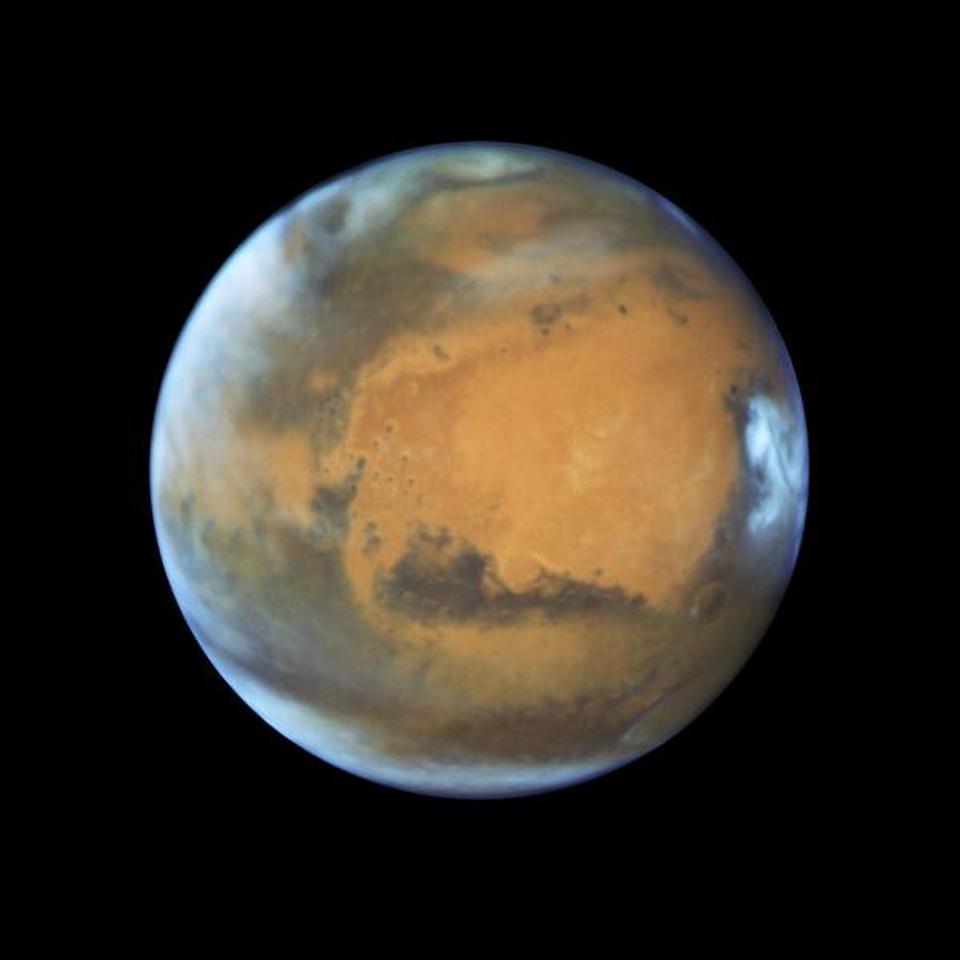
On July 31, Mars will be at its closest point to Earth in 15 years. It will be at a distance of around 57.6 million km from Earth, which is the closest since 2003 when it came within 55.7 million km of Earth. Mars will come closer to Earth than it was on 2003 only on August 29, 2287.
Mars at opposition
“Mars orbits the Sun at a greater distance than Earth. As the distance increases, the orbital period also increases. While Earth takes a little more than 365 days to go round the Sun, Mars takes 687 days. Due to the difference of the orbital speed and orbital period, every 26 months or so Earth passes between Mars and the Sun, bringing Mars and Sun on exactly opposite sides of the Earth. This is called Mars at Opposition,” explains Dr. Debiprosad Duari, Director, Research & Academic, M. P. Birla Institute of Fundamental Research, Kolkata. At opposition Mars will be near its closest point to Earth.This year Mars was at its opposition on July 27. Since it is quite close from that time, it will appear very bright and will be visible roughly after sunset and will remain in the sky till sunrise. The next opposition of Mars will be on October 6, 2020 but it will be a little further away -- 61.76 million km -- and will be relatively smaller and less bright than on July 31, 2018.
Will it appear as big as the Moon?
At its closest approach this time Mars will be only 24.3 arc seconds across and nowhere close to the size of the moon, which is 75 times bigger in diameter as it appears. (1 arc second is 1/60 of arc minute and 1 arc minute is 1/60 of a degree in the sky. For reference, the diameter of Moon is about 31 minutes of arc).
How do I know which is Mars?
Just after the sunset, look to the east-southeast horizon. Mars will appear 1.8 times brighter than the biggest planet of the solar system, Jupiter.
Do I need any special telescope?
It is perfectly safe to observe Mars with the naked unaided eye. A telescope with 4-inch diameter or more will let you see some of the surface features of the planet. “The present position of Mars is such that the south polar region and the ice caps on it will be nicely visible from Earth through a moderate size telescope,” adds Dr. Duari.